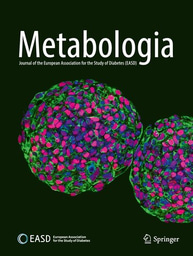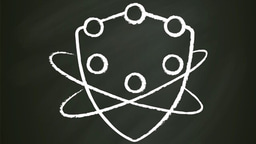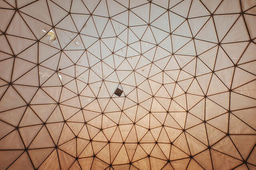
The accelerating pace of scientific and technological innovation has fundamentally reshaped the environmental landscape. While these advances have enabled novel solutions for pollution control and resource management, they have also revealed previously undetectable contaminants and introduced new complexities. Emerging pollutants, such as microplastics, are not confined to a single environmental compartment; on the contrary, they migrate in the air, water and soil, forming interrelated processes. These changes challenge traditional pollution control strategies that focus on isolated media, often lacking the comprehensive perspective required to address systemic environmental risks.
The Clean Planet journal was born in response. Beyond addressing complex challenges in water, soil, and air, we particularly welcome research on multi-medium environmental processes, interfacial mechanisms, and interdisciplinary solutions, striving to transcend the limitations of isolated problems. Our goal is to bridge science, policy, and practice, ensuring research outcomes deliver tangible impacts and support global sustainable development.
Our Commitment to the SDGs
We aim to bridge science, policy, and practice, ensuring research outcomes contribute to tangible progress toward the United Nations Sustainable Development Goals, including:
-
SDG6: Clean Water and Sanitation
Clean Planet welcomes research on water treatment technologies, pollution control, and integrated water resource management—solutions that can help achieve universal access to clean water. -
SDG13: Climate Action
Our journal prioritizes studies on climate resilience, carbon-reduction strategies, and innovative technologies that mitigate environmental impacts. By publishing actionable research, we aim to empower communities and policymakers to take informed climate action.
Beyond these, our scope also covers SDG7 (Affordable & Clean Energy), SDG12 (Responsible Consumption and Production), and SDG15 (Life on Land), reflecting our commitment to holistic environmental sustainability.
We invite researchers, practitioners, and policymakers to join us in this mission. Together, we can transform knowledge into solutions that make a measurable difference.
Follow the Topic
-
Clean Planet

This journal provides a platform for the dissemination of high-quality research and advancements in the field of pollution formation mechanisms and pollution’s impact on the environment, human health, and sustainability.





Please sign in or register for FREE
If you are a registered user on Research Communities by Springer Nature, please sign in